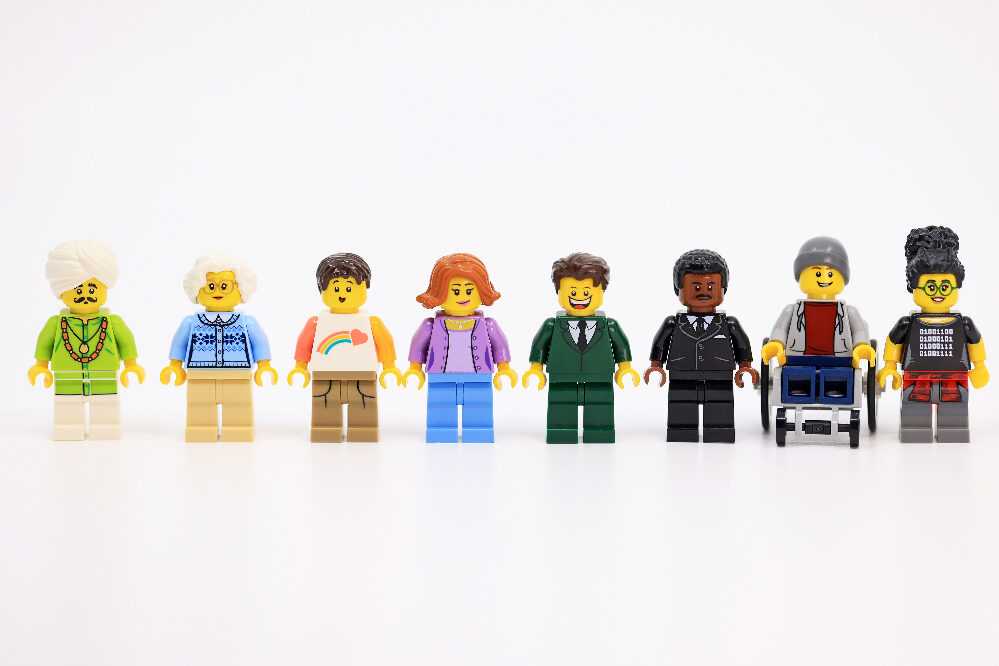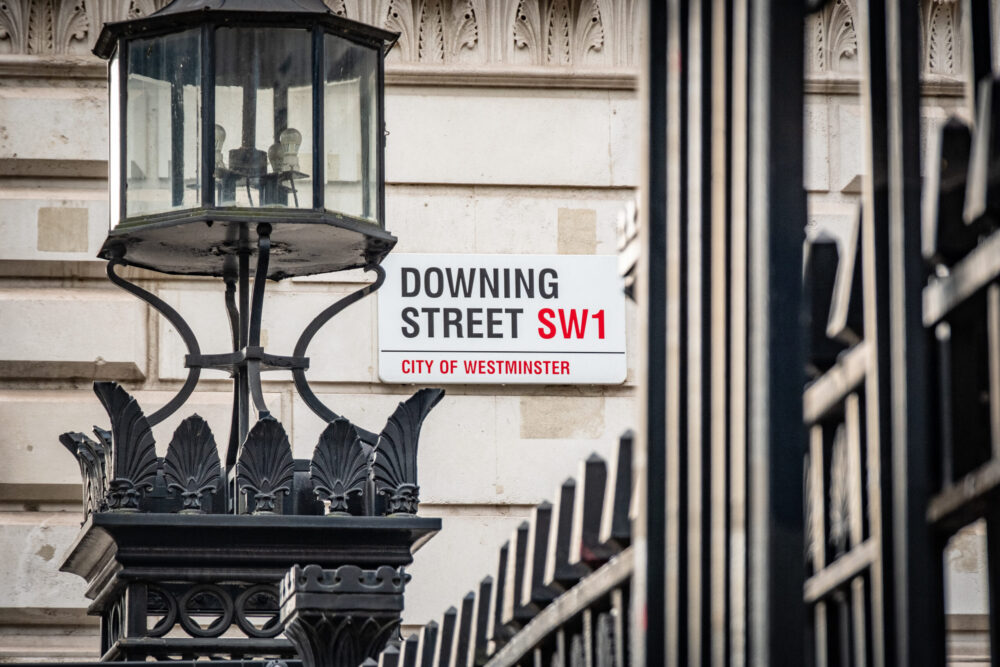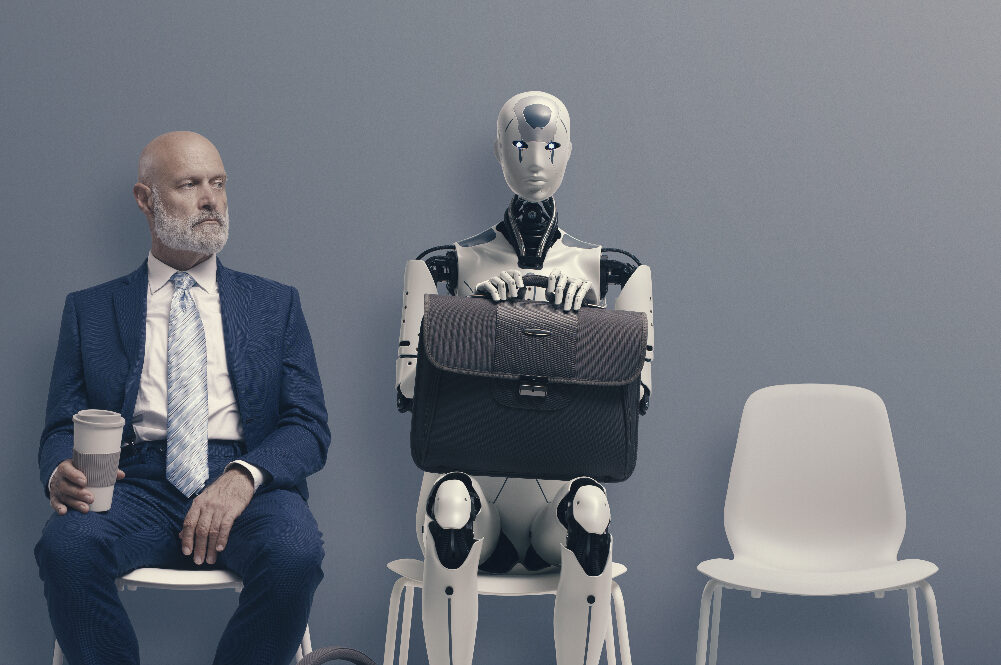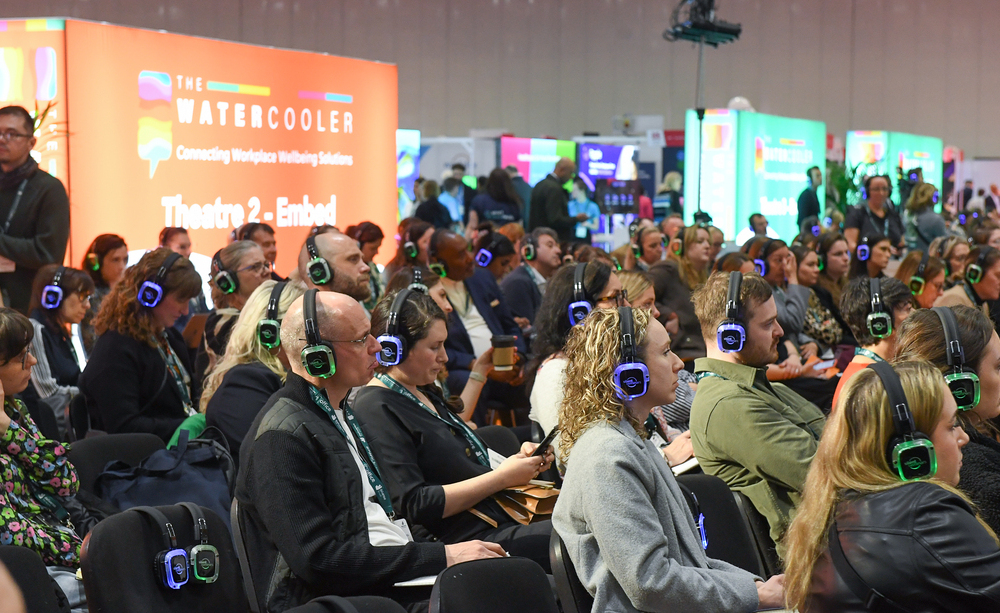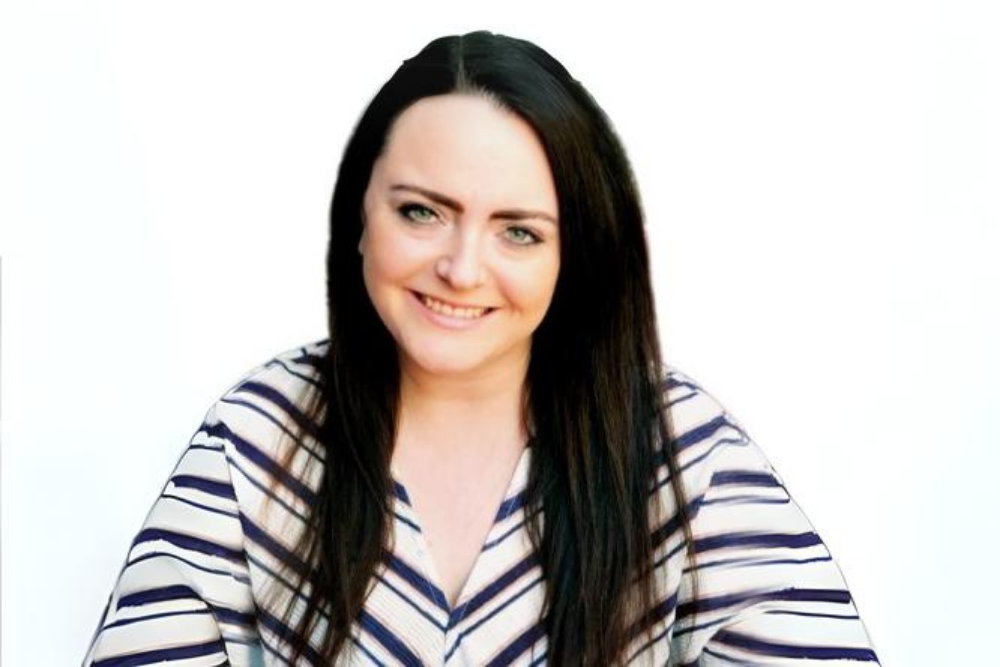DEI and Wellbeing are deeply connected. How can we ensure that our employee Health & Wellbeing strategies acknowledge and build on this truth?
Here are 13 practical top tips for making the most of the intersection between DEI and Health & Wellbeing.
1. Don’t even think of it as an intersection. Think of DEI as a “hygiene factor” in any Wellbeing strategy
As Flick Wileman, Global Wellbeing & Employee Engagement Lead, Reckitt, who is speaking at The Watercooler in April, says: “Employees are simply not going to be highly engaged unless they feel that there is a diverse environment and they feel included. They’re never going to even get to ‘good’ levels of wellbeing and engagement if we can’t tick that box first; it’s a fundamental underpinning.
Her mantra when working on wellbeing strategy is to think about relevance to “everyone, everywhere”.
Wileman is speaking on a panel at The Watercooler on global wellbeing strategies.
2. Think “integration” not “initiatives”
There’s a significant shift in thinking over the last year that Wellbeing should be more about embedding principles and values that encourage good mental and physical health, rather than rallying around annual or one off campaigns/initiatives.
In this article, MindGym’s US Head of Solutions Iain Smith advises focusing more on cultural change than “representation targets”, for example. While awareness days/weeks can be great for education, they should only be used as a support to wider tolerance and embracing of difference.
3. If you are going to use the ‘hooks’ of awareness days/weeks – are you also supporting that way of thinking throughout the entire year?
Black History Month is a good example of an initiative/campaign that got much media coverage and, then, corporate attention pledging to change attitudes at work. But, as Ngozi Weller, Founder of Happi Workers points out, many of these pledges turned out to be hollow, once the media spotlight was off.
If you were one of these companies and got behind BLM strongly at the time, ask yourself: is your commitment genuine and all-year round? Do you need to revisit this issue with a view to instigating meaningful cultural change? These questions can be adapted for any awareness weeks from Movember to World Menopause Day.
4. Go beyond surface-level change such as hiring practices and policies
Genuine cultural change takes time and can be painful, and may require facing some uncomfortable truths about your work environment and how it needs to change. There’s no point having policies in place if there’s not the accompanying shift towards genuinely embracing difference.
5. Consider anonymously asking employees for their opinions to uncover blindspots
Some companies, usually via an external consultant, seek feedback from diverse colleagues on their lived experience of how well the workplace is doing to accommodate their differences. For example, this could be neurodiverse colleagues, those from ethnic minority backgrounds or women. This can be a valuable way to uncover valuable insights and avoids making assumptions, as can asking for honest feedback from Employee Resource Groups.
6. Think about job design for all, not just for those who are ‘different’
Don’t just have adjustments for neurodivergent colleagues, for example. Often these adjustments are good practice, and will benefit all. It will also mean colleagues asking for adjustments don’t stand out. See this article on the latest guidance on reasonable adjustments.
7. Train up your managers
“In order for this [DEI transformation] to work in practise, managers need to be empowered with the right training and support to be able to build closer relationships with their direct reports so that they understand them better as individuals and can build mutual trust, increasing psychologically safety in the workplace,” says Helen Moran, Head of Learning Solutions, AdviserPlus.
Sarah Gashier, Workplace Wellbeing Consultant, who has lived experience of disclosing a disability to an employer, believes that “line managers often interpret policies without proper training, seemingly overlooking long-term undiagnosed conditions or fluctuating health conditions”.
“Employees with disabilities may face accusations of being difficult when requesting adjustments,” she says.
8. Ensure you have healthcare and practitioners who are culturally sensitive
A part of this is employing practitioners, such as therapists, that understand deeply and represent diverse communities. This way they will understand “associated stressors”, says Weller.
9. Be inclusive in your office design
“Inclusion in the context of the built environment means creating spaces that as many people as possible can access and use without needing adjustments. It also means preparing adjustments – different ways of doing things – for people who need them,” says Diane Lightfoot, CEO, Business Disability Forum.
For example, adjustments you might need to think about for people with sight loss include high colour contrast signage/decor (which might be offputting for others) and increased lighting levels (which might be stressful for some people with autism).
“Try to differentiate with separate areas where possible, give people as much choice and control over their individual environment as you can and, ultimately, where requirements are in conflict, have a conversation with all involved to find a possible solution,” says Lightfoot.
10. Get Senior Buy-in
If Wellbeing doesn’t have board representation, for example, find a sponsor/champion on the board and as many senior voices as possible behind the cause. Find people who feel strongly about diversity, as well as people with lived experience of difference in your company.
11. Don’t forget employees with invisible ‘differences’
These can often be overlooked or stigmatised, from mental health conditions to long term chronic illnesses. Destigmatising is often down to better educating employees and challenging perceptions of disability and difference.
12. Avoid a ‘tick box’ mentality
A policy won’t change culture; a change in attitudes and, so then, behaviour, will. You can’t change culture out of one department like HR, either; culture is created by every employee, but particularly those in leadership positions who others often look to in order to gauge how to behave. Don’t make the mistake of thinking that because you’ve created a policy, or launched a campaign, the work is done. It’s probably just started.
13. Foster a culture of compassion
“Wellbeing initiatives, though commendable, become meaningless without compassion. True effectiveness lies in showing compassion, especially during challenging times like severe illness. Without it, workplaces can become amplifiers of human suffering,” says Gashier.
Sessions on The Watercooler Event agenda honing in on this crucial topic include: The keynote fireside chat “Disability and wellbeing in the workplace – what inclusive employers need to know” from 10.00 – 10.35 on 23rd April featuring Isaac Harvey MBE in conversation with Lee Chambers; also from 10.00 – 10.35 on 23rd April, in the “Engage” theatre: “Why neurodiversity and wellbeing need to be considered together in the workplace” featuring Clarke & Carrie Carlisle in conversation with Jon Salmon; the fireside chat from 10.50 – 11.20 on 23rd April “The increasing intersection between DE&I and wellbeing – where belonging, health, happiness and productivity meet” featuring Dan Robertson, MD of FAIRER Consulting and Global Head of ED&I Advisory Services at Hays International in conversation with Sunaina Kohli, Diversity, Equity & Inclusion Leader, ASOS.
The panel from 11.35 – 12.20 on 24th April is also a must-attend. “How wellbeing strategy is supporting DE&I and aligning to wider business objectives” will be Chaired by Sobia Afridi, Equality Diversity Inclusion Specialist, Oxford City Council and includes input from Nimisha Overton, EMEA Diversity, Equity & Inclusion Lead, Canon; Kerrie Smith, Head of Health & Wellbeing, Mace Group; Monica Stancu, Senior DEI Manager, Lloyds of London and Karen Aitchison, Global Head of Mental Health & Wellbeing, ERM.
Relevant partner-led workshops also include: “It’s not what you do, it’s the way that you do it – easy steps to help make your workplace more neuroinclusive” led by Thriiver and “Supporting the mental health of neurodivergent employees” led by Wellbeing Partners.
You can find full details and register here.


